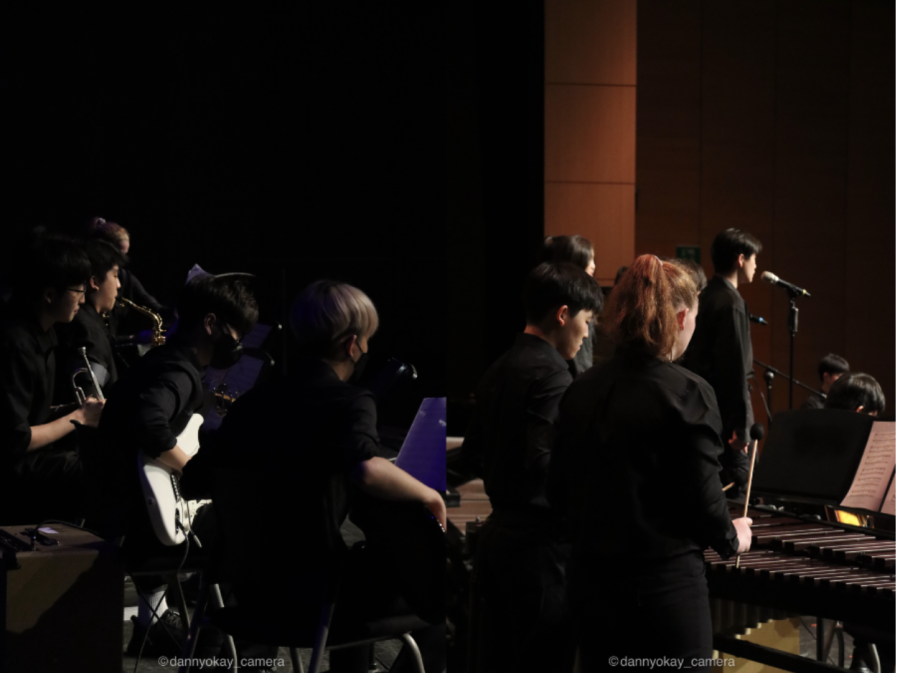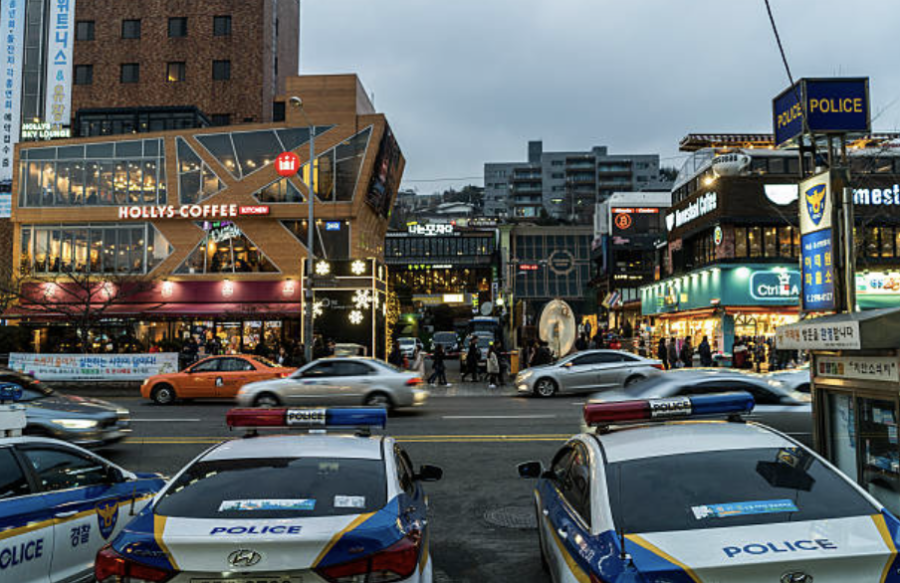The Fatal Night in Itaewon
On the festive Halloween night of October 29th, the South Korean regulations, which are renowned for its ability to organize, failed to prevent the crowd crush in the overcrowded Itaewon streets. In the narrow and slanted alleys that are only about 10 ft wide, 158 people died, and another 196 suffered injuries.
Itaewon is an extremely popular district known for its trendy shops, restaurants, bars, and gatherings of teenagers and young adults. Itaewon sports international cuisines and custom-made shops that are unique in South Korea. There are countless neon signs to attract visitors. However, the narrowly intertwined streets that had been so distinctive and promising became fatal on Halloween night.
One of the most evident reasons for the crowd surges was the congested streets. This was the first Halloween party in Itaewon since the start of the COVID pandemic without COVID restrictions on gatherings and masks. Despite the foreboding warnings by the massive enthusiasm of the younger adults, there were only 137 police officers prepared to assist in Itaewon, with the vast majority of them ordered to look out for thefts, alcohol abuse, and traffic congestion, instead of crowd surges. No one was prepared for the catastrophe on Halloween night; however, the widespread consensus is that there was an extreme lack of preparations and too few police officers in the neighborhood.
The victims suffered in the sloped streets around the landmark Hamilton Hotel. The mass of people in the restrictive alleys made movement almost impossible. According to witnesses, there were calls from within the mob to push and force their way through. Unfortunately, as people were compressed, they easily toppled over, falling and crushing one another. The scene became more horrifying and grotesque as some people’s breath stilled even as they were standing, crushed by others’ body weight. The fallen victims were stampeded by others struggling to get out and suffocated under the sea of bodies. Although the fire department was notified at the start of the incident and four ambulances were sent, they arrived too late, slowed by the traffic and crowds in the streets. Countless people suffocated underneath others and were not reached in time. This event resulted in the largest crowd surge in Korea and a catastrophe unparalleled in South Korea since the Sewol ferry incident in 2014.
After the shocking death toll was revealed, the public reacted with confusion, grief, then anger. People were eager to point blame toward government officials, especially the police officers of the district. Many people were outraged that there had not been police forces to oversee this large-scale event. Most police forces had been diverted to political protests, which was criticized by the media. Lots of people blamed the government for valuing political stability more than citizens’ safety. However, the government has responded that they were unable to predict the vast number of participants as the festival was not organized by the government. Still, many people feel that the government was incompetent as they couldn’t foresee the danger, despite evident signs of large gatherings. There were even talks about the resignation of president Yoon, who was already suffering from low ratings. Even now, some think that he is avoiding responsibility and should have taken more preventive measures. In contrast, others feel that this was an unfortunate catastrophe that was unexpected and he has done the best he could in this precarious situation.
Although this was the deadliest crowd crush in South Korea, it could happen again without proper management. Similar large-scale events, like the Qatar World Cup rally in Gwanghwamun, have taken and will take place in South Korea. Thus, it’s probable that the government will probably go to extreme lengths to avoid another disaster. However, this could be an inefficient use of resources and personnel. When exploring other countries’ preventive measures, such as the US, they follow preventive measures like separating crowds using barriers and having trained overseers for events with more than 6,000 people. These international guidelines that experts have reviewed should be followed to create a safer environment in the future.

I'm Alex Lee, a sophomore, taking part as a second-year reporter for the Chadwick Waves. From an early age, I enjoyed getting to know the world through...


















